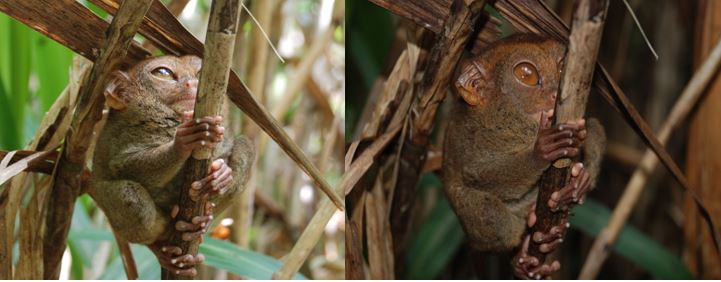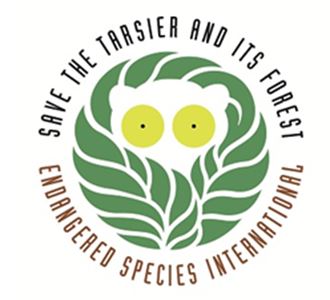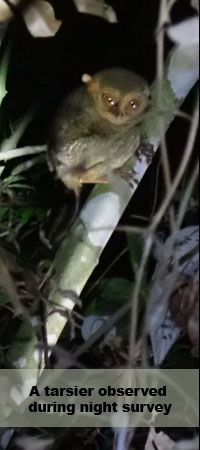|
Our recent survey of tarsier numbers in the Philippines’ Mount Matutum Protected Landscape suggest population declines due to light and noise pollution believed to be among the key threats.
Endangered Species International (ESI) has been involved in restoring the Mt. Matutum Protected Landscape since 2008 through various conservation projects including rainforest restoration and endangered species conservation.
ESI conducted a tarsier population inventory in the Tarsier Sanctuary covering 815 hectares within the Mt. Matutum Protected Landscape in Tupi from Sep 29, 2023 to Jun 21, 2024. This represents the second major tarsier survey in our project area, our first one was conducted 11 years ago in the same project area.
A total of 30 tarsier observations were made throughout the survey’s long duration including 18 sightings (6 of which resulted in capture) and 12 odor detections.The number of tarsier encounters was much lower than during last survey 11 years ago. Further, past studies conducted in other locations in the Philippines showed tarsier population estimates and densities much higher than our current findings. For example, Bohol’s population of 16 males and 41 females (57 individuals) per 100 hectares or 130 males and 334 females (464 individuals) that could be accommodated in the 815-ha sanctuary as suggested by earlier research on tarsier.
The population of tarsiers in the Tarsier sanctuary at the Mt. Protected Landscape is likely declining, undermining the purpose of its creation (created in 2013). Since there were no significant changes in the utilization and vegetation composition of the area from 2012 (although a more thorough vegetation survey is needed to ascertain this), this decline may be caused by factors other than habitat alteration.
The most considerable development in our study area was the electrification of villages around the sanctuary, which resulted in light and noise pollution that may have been impacting the wellbeing of the tarsiers in the sanctuary. ESI has been actively supporting the restoration and protection of tarsier’s habitat with the strong involvement of indigenous tribal communities. Reducing noise and light pollutions must be integrated in the conservation of one of the world’s smallest primates.

Photos: Philippine tarsier observed during ESI recent surveys. © Endangered Species International

Related Links
|











